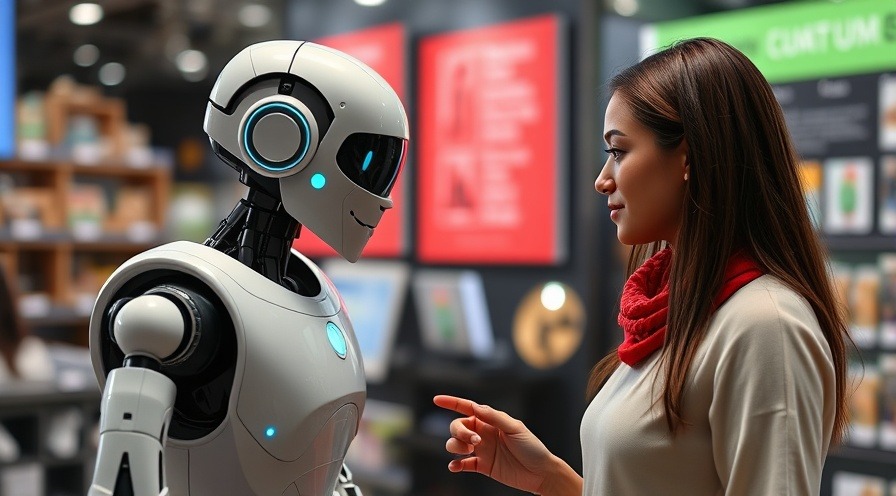
Navigating a Changing Landscape: The Impact of AI on Customer Experience
The world of customer experience (CX) is transforming at an unprecedented pace. Recent developments from leading tech companies like NiCE, OpenAI, and Five9 underscore this shift, as they embrace automation and artificial intelligence to enhance service delivery. As businesses aim to elevate customer interactions, the question remains: what will be the ultimate cost of this transformation?
NiCE’s Bold Acquisition: The Vision Behind the Numbers
In a strategic move that signals its intent to lead the AI-driven customer service revolution, NiCE has agreed to acquire Cognigy for an eye-watering $955MN. This acquisition not only adds a robust conversational AI talent pool to NiCE’s ranks but also enhances its existing CXone Mpower Orchestrator. The partnership aims to streamline customer processes and set a new benchmark in AI-first services. CEO Scott Russell stated, "This is a landmark moment for NiCE," implying that the future of customer experience will not only be AI-focused but will also prioritize seamless human interaction.
OpenAI’s Stark Predictions: What Lies Ahead?
Meanwhile, Sam Altman, CEO of OpenAI, has made predictions that send ripples across the customer support landscape. During a recent conference, Altman suggested that AI could fully eliminate roles in customer service, a sentiment reflected in the success of AI agents that major companies like Salesforce and ServiceNow have reported. Is the job market ready to absorb this shift, and what kind of roles will emerge in its wake?
Five9’s Internal Struggles: The Human Cost of Tech Transformation
On a different front, Five9 has made headlines by laying off three senior executives amidst rumors of broader workforce reductions. This troubling trend raises important questions about the sustainability of such tech giants in a market that demands both innovation and pragmatism. With two previous rounds of layoffs within a single year, Five9’s internal equilibrium remains precarious as they strive for long-term profitability.
Implications for Employees: A Human Perspective
For employees in the tech sector, news of layoffs and automation can be disheartening. The notion that entirely new job categories will emerge does little to alleviate the immediate uncertainty. Companies must not only focus on automating processes but also on reskilling their workforce to navigate the evolving landscape. This balance of innovation with human capital consideration will be crucial as we move into a more automated future.
The Broader Picture: Challenges and Opportunities in Customer Experience
These developments reflect broader trends in the tech industry where customer experience is increasingly reliant on technology. However, as companies adopt AI solutions, they also carry the responsibility of addressing the workforce implications. Beyond the optimism of innovation, there lies an urgent need for dialogue and action regarding job security and the future of work. How can companies manage this transition responsibly?
As innovations unfold and companies like NiCE, OpenAI, and Five9 set the stage for the future of customer experience, stakeholders must consider the ethical implications alongside financial strategy. The balance between AI efficiency and human employment will undoubtedly define the coming years in the tech space.
 Add Row
Add Row  Add
Add 




Write A Comment